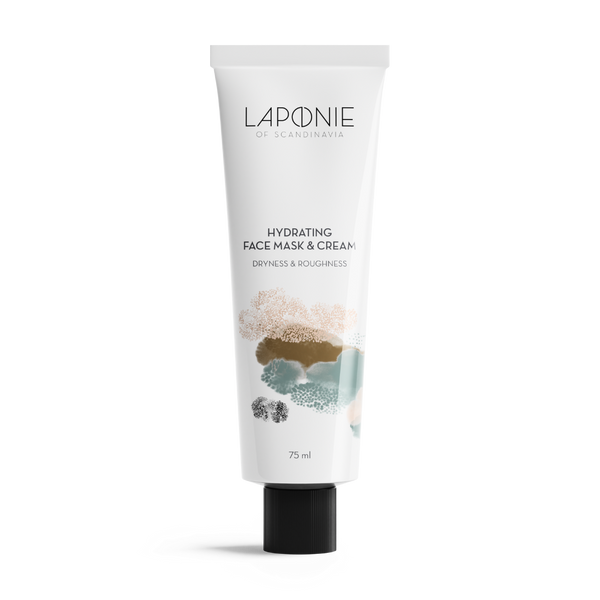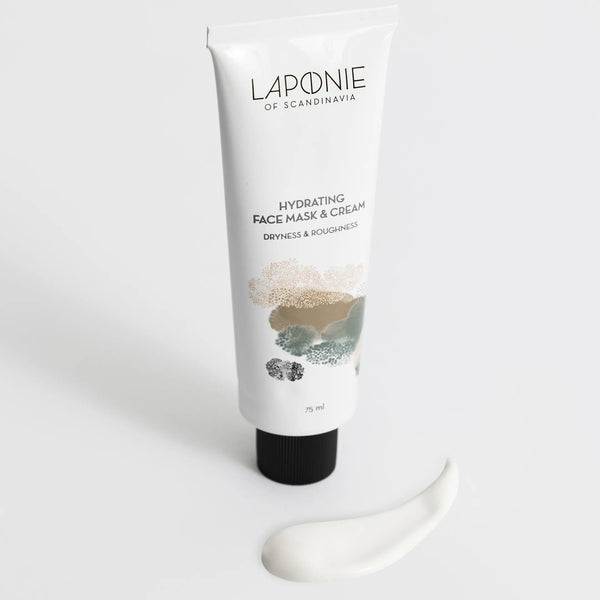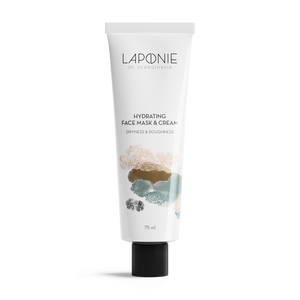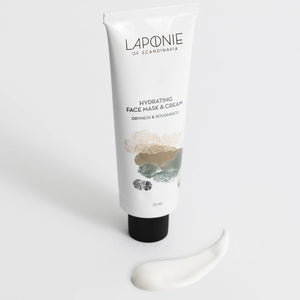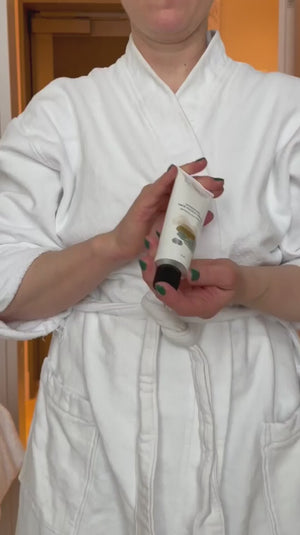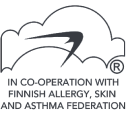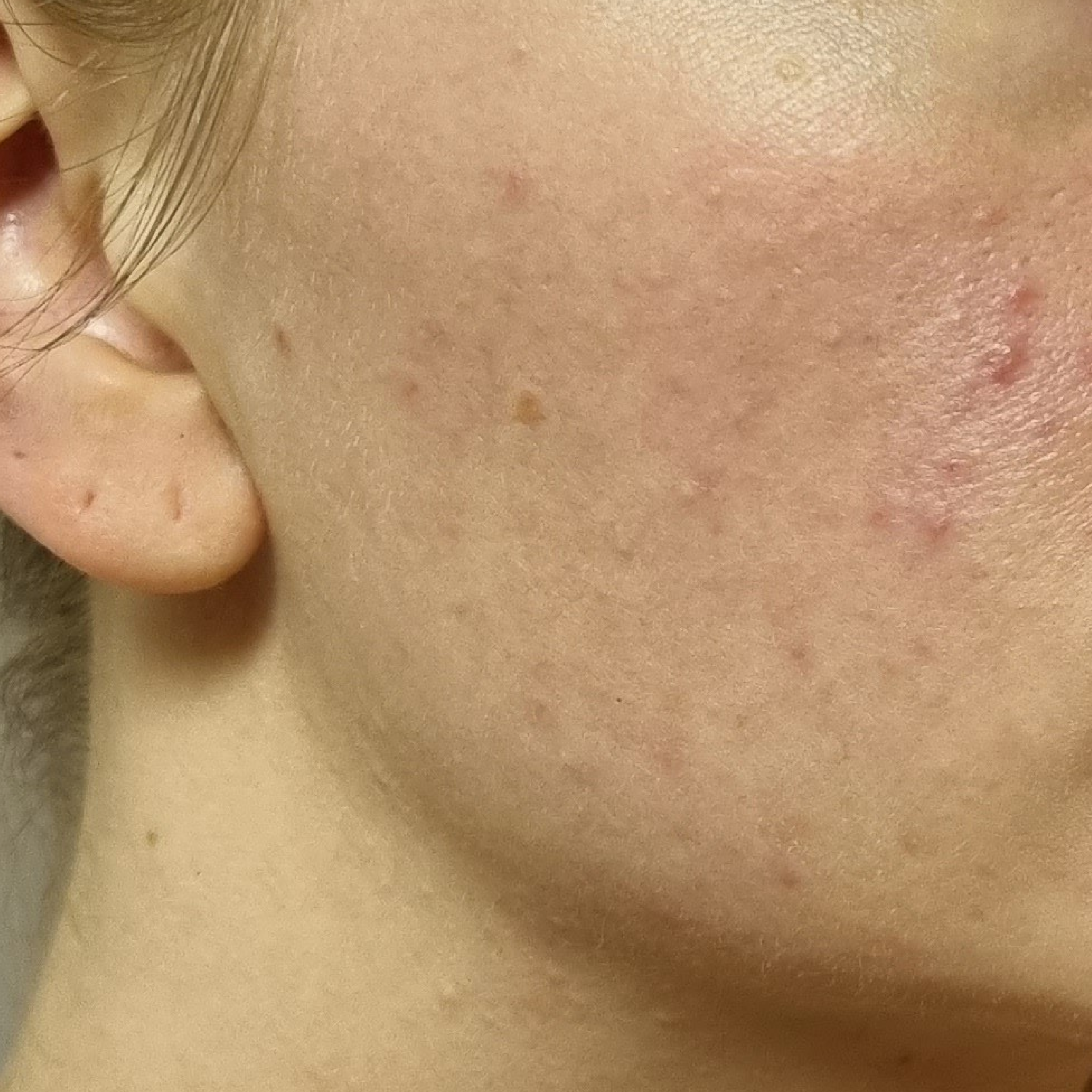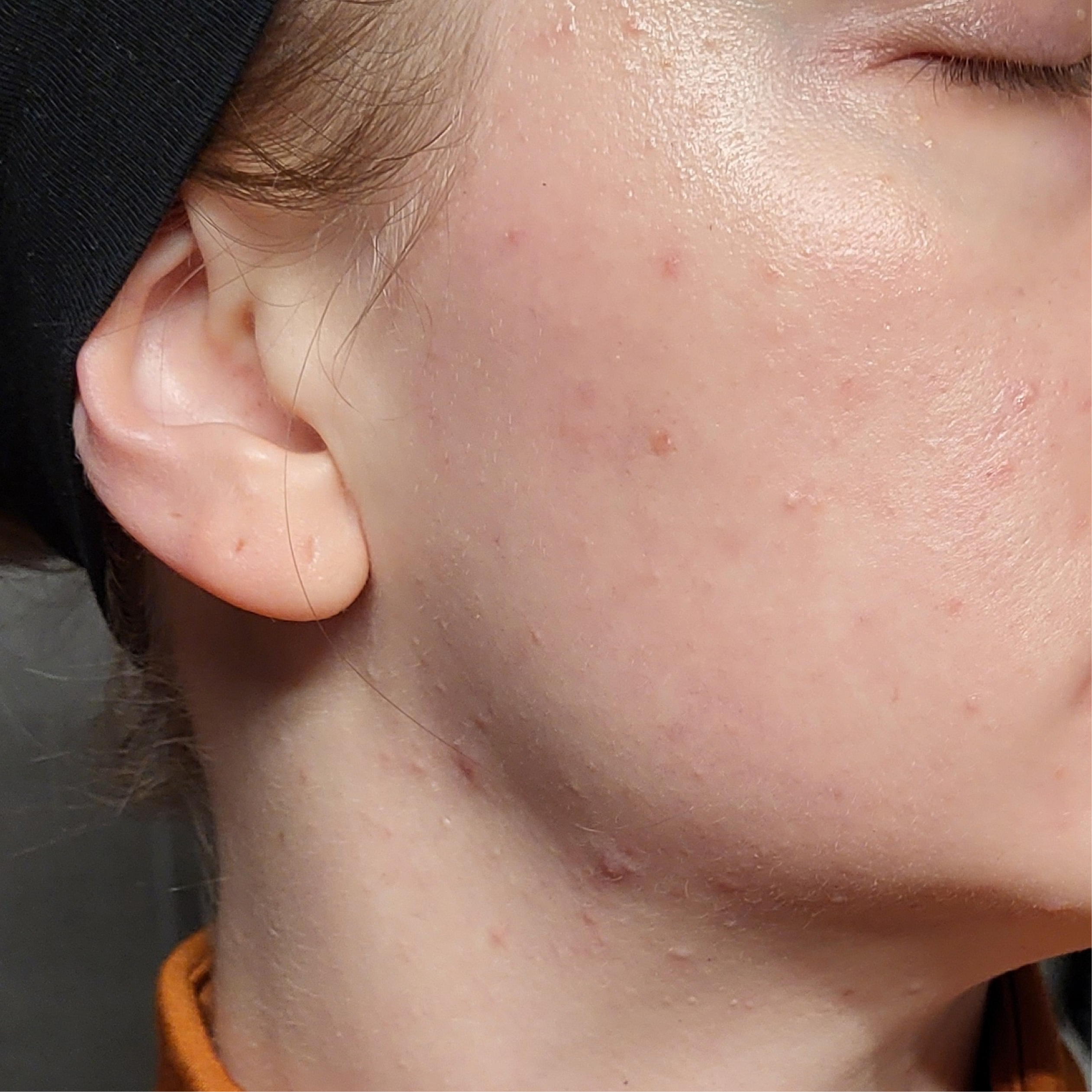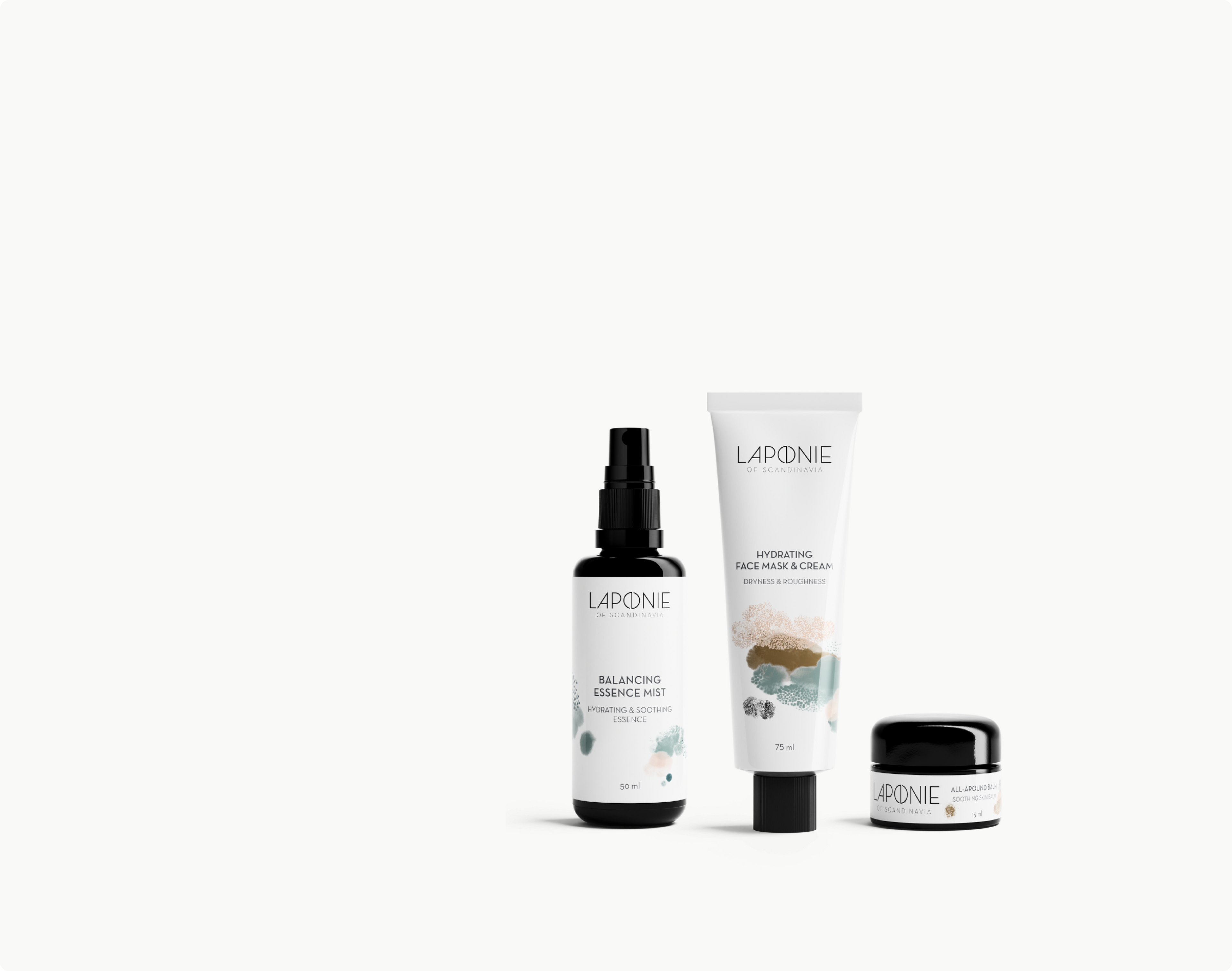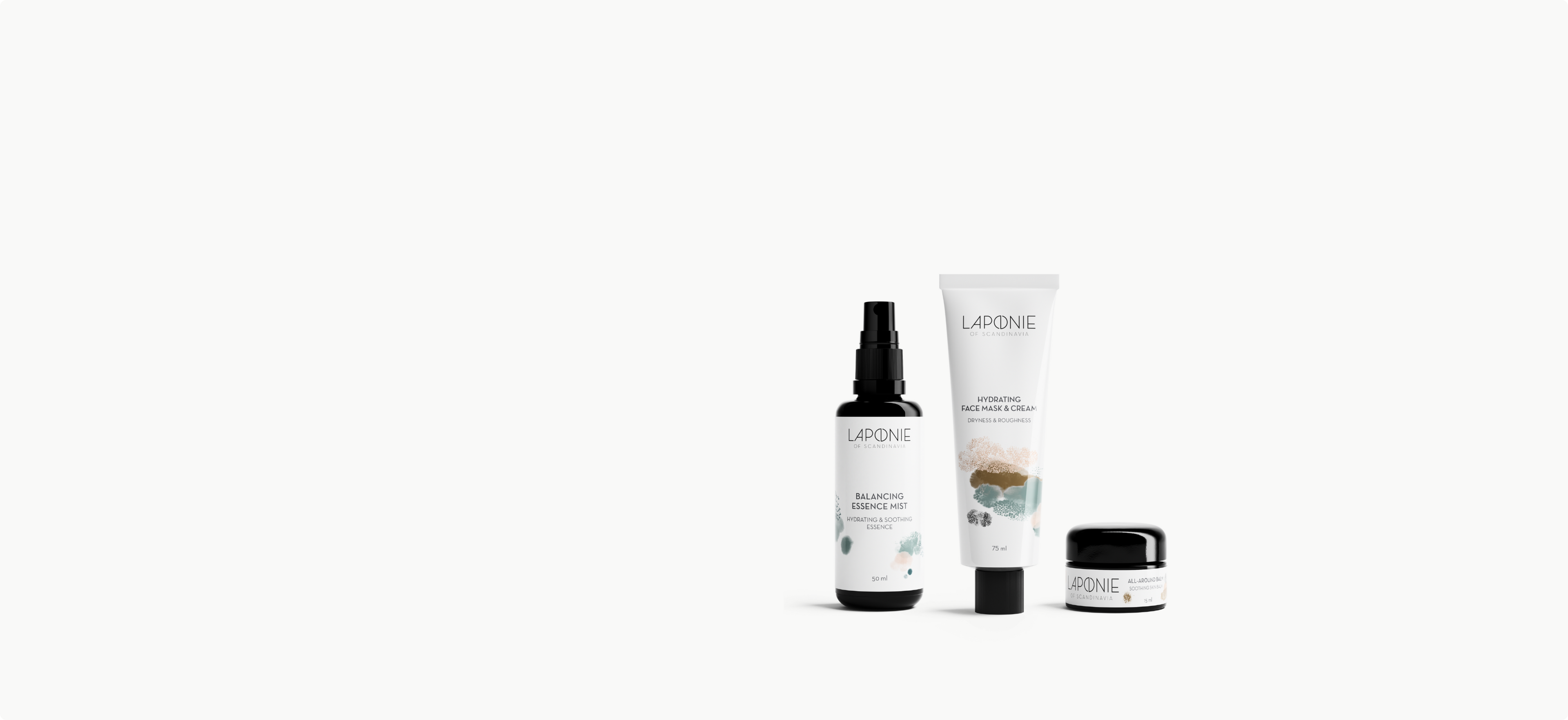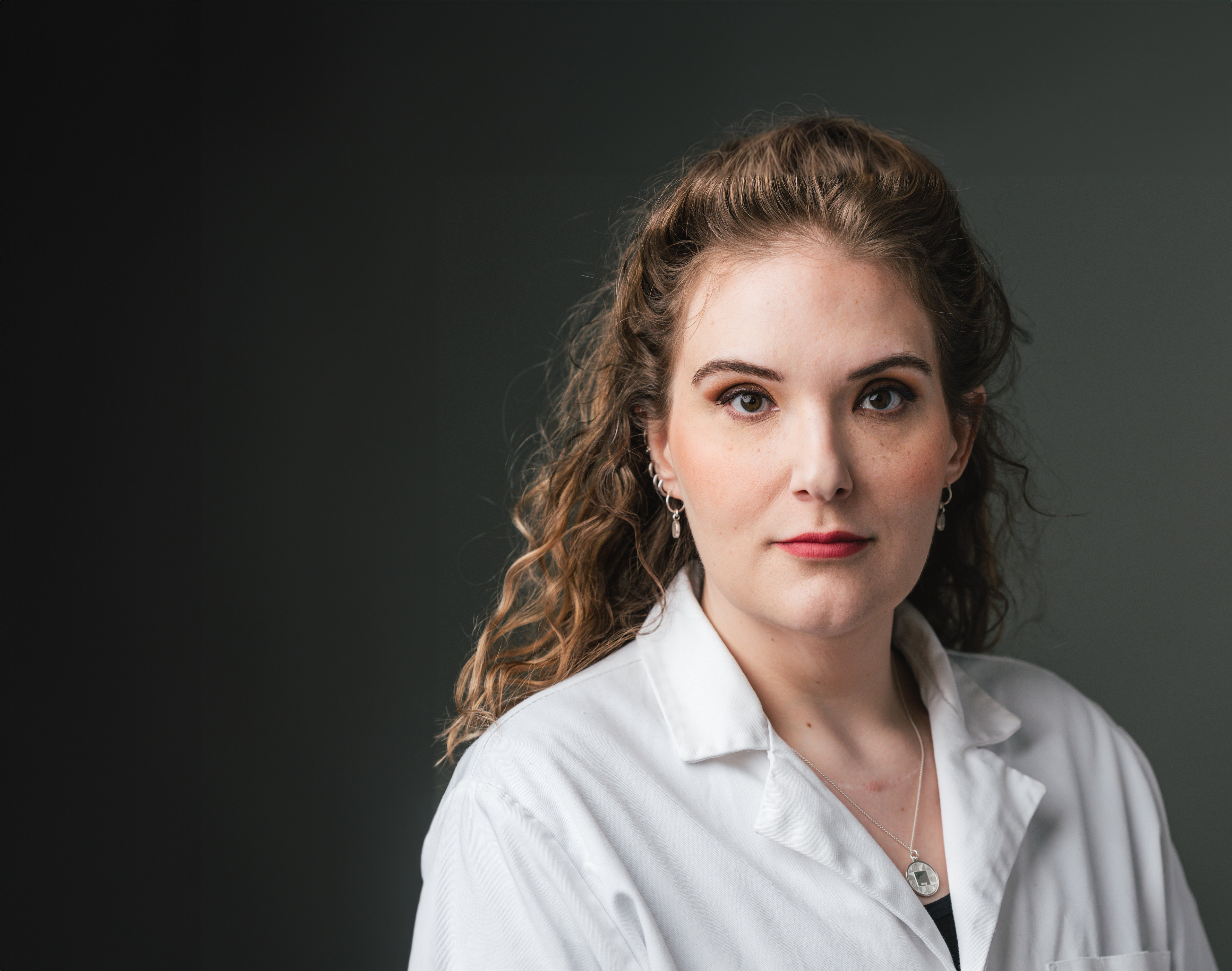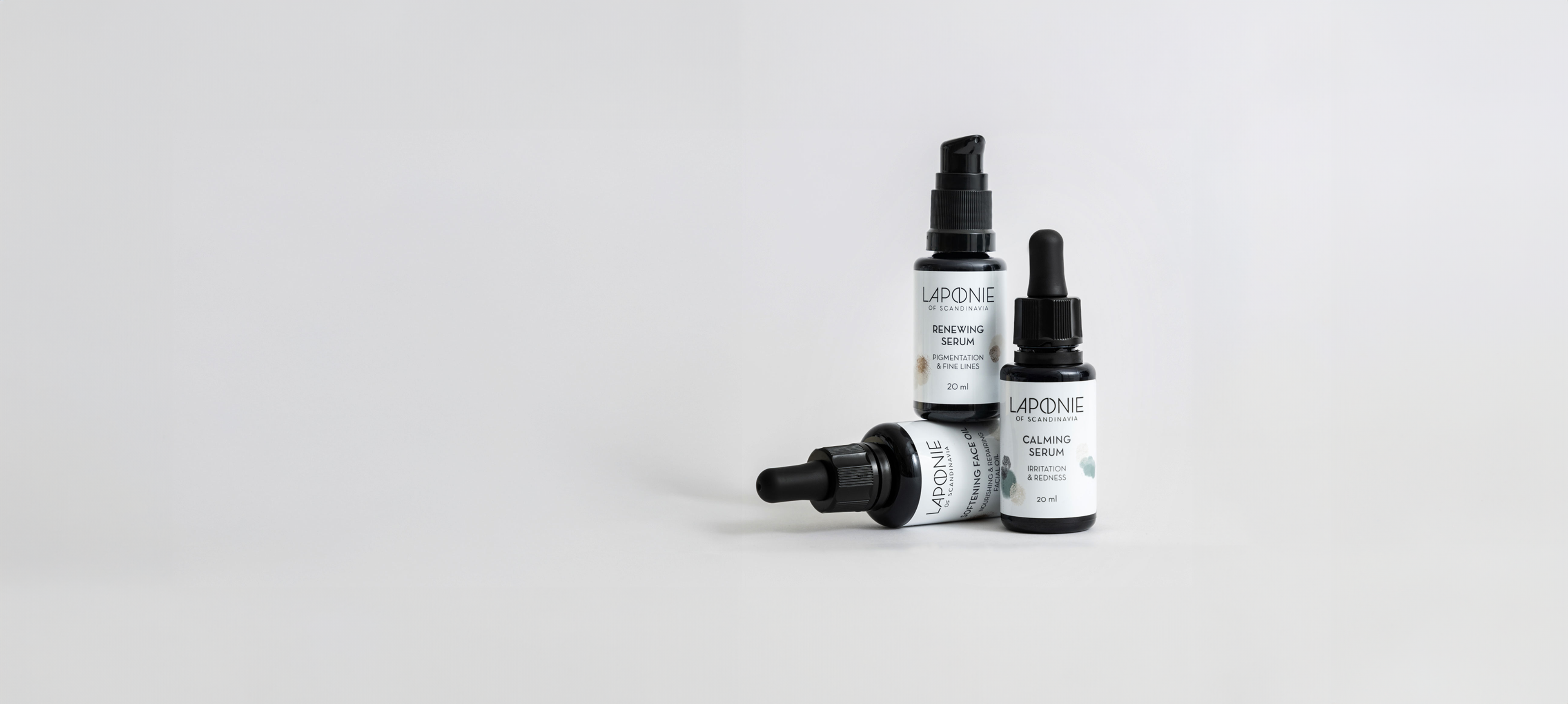
2-in-1 Hydrating Face Mask & Cream
- Use as a face mask, face cream and nighttime leave-on product, according to your skin's needs.
- Skin type/concern: all kinds of sensitive and problem skin that needs extra hydration, dry and rough skin, rosacea when skin is drier, and mature skin. We find it great for dealing with hormone-related skin changes, e.g. perimenopause and menopause.
- Formulated for sensitive and problem skin without added fragrance, alcohol and fatty alcohols. Allergy-labelled by the Finnish Allergy, Skin and Asthma Federation.
-
Free sample with all orders.
-
Delivery: Finland 1-4 business days & rest of EU 2-7 business days.
-
Free delivery: Finland orders over 38€ & rest of EU 58€.
-
Safe payments.
Our 2-in-1 Hydrating Face Mask & Cream for sensitive and problem skin is a nourishing but light-ish cream, that hydrates and rejuvenates, leaving skin feeling nourished, moisturised and smooth.
The Mask & Cream offers simple and no-frills hydration with skin barrier balancing sunflower seed oil, plant-based glycerin for hydration, and anti-inflammatory and skin-rejuvenating, plant-based rhamnose sugar.
We love multi-use products, and that's why we formulated the Mask to also double as a moisturiser. In terms of hydration and oils, it's between our Light Face Cream and Rich Face Cream, and is a great cream for combination and surface dry sensitive skin.
Aqua, Helianthus Seed Oil, Glycerin, Rhamnose, Glycine Soja Seed Extract, Sclerotium Gum, Sodium Levulinate, Sodium Anisate, Citric Acid, Phytic Acid
Aqua
Solvent. Water. The main vehicle for our water based products
Helianthus Seed Oil
Sunflower seed oil. Emollient. Sunflower oil is widely used in skincare. It has a high concentration of natural vitamin E, and is especially well suited for dry and dehydrated skin, due to a high linoleic acid content (at around 60%), which aids in strengthening the skin barrier.
Glycerin
Humectant and skin protecting. Technically a sugar alcohol, glycerin is one of the oldest, most common and most versatile humectants used in cosmetics. It moisturises and protects the skin, accelerates skin barrier recovery and has antimicrobial properties, among other things. For our Cream we use vegetable, rapeseed-derived glycerin.
Rhamnose
Humectant. Rhamnose is a plant-based sugar with hydrating, anti-inflammatory, skin soothing and skin rejuvenating properties. We get ours directly from our lab-neighbour Juho.
Glycine Soja Seed Extract
Emulsifier and skin conditioning. An emulsifier, put simply, enables the mixing of water and oil into an emulsion. This particular one is extremely mild, non-allergenic, and non-irritating, suitable for delicate and sensitive skin. It's a natural, plant-based and highly stable lysophospholipid extracted from a non-GMO soybean source, which is also able to reduce transepidermal water loss (TEWL), maintaining moisture in the skin and strengthening the integrity of the skin barrier. Bonus: it also enhances collagen and elastin production.
Sclerotium Gum
Thickening, skin conditioning and emulsion stabilising. A natural and commonly used thickener in cosmetics, sclerotium gum too is a polysaccharide produced from sugars through fermentation. This one gets its name from the Sclerotium rolfsii bacteria species. In our Cream, it is combined with xanthan gum, lecithin, pullulan and silica to lend that lovely gel meets cream feel. Origin: glucose syrup from wheat/corn.
Sodium Levulinate
Skin conditioning and preservative. Sodium levulinate is the sodium salt of levulinic acid, which is an organic acid derived from in this case sugarcane.
Sodium Anisate
Antimicrobial, flavouring agent and preservative. The salt form of star anis derived organic acid. The other half of our preservation system.
Citric Acid
Buffering agent. Citric acid is a commonly used buffering, i.e. pH adjusting, agent in cosmetics. It is made through bacterial fermentation and shifts the pH of the product into the acidic range. This is closer to the natural pH of the skin, which may range from 4 to 7, but is usually thought to be between 5 and 6, with recent studies, however, indicating it to be below 5.
Phytic Acid
Chelating. A chelating agent improves product stability. This one is a natural alternative to the widely used EDTA.
Why it works for sensitive & problem skin
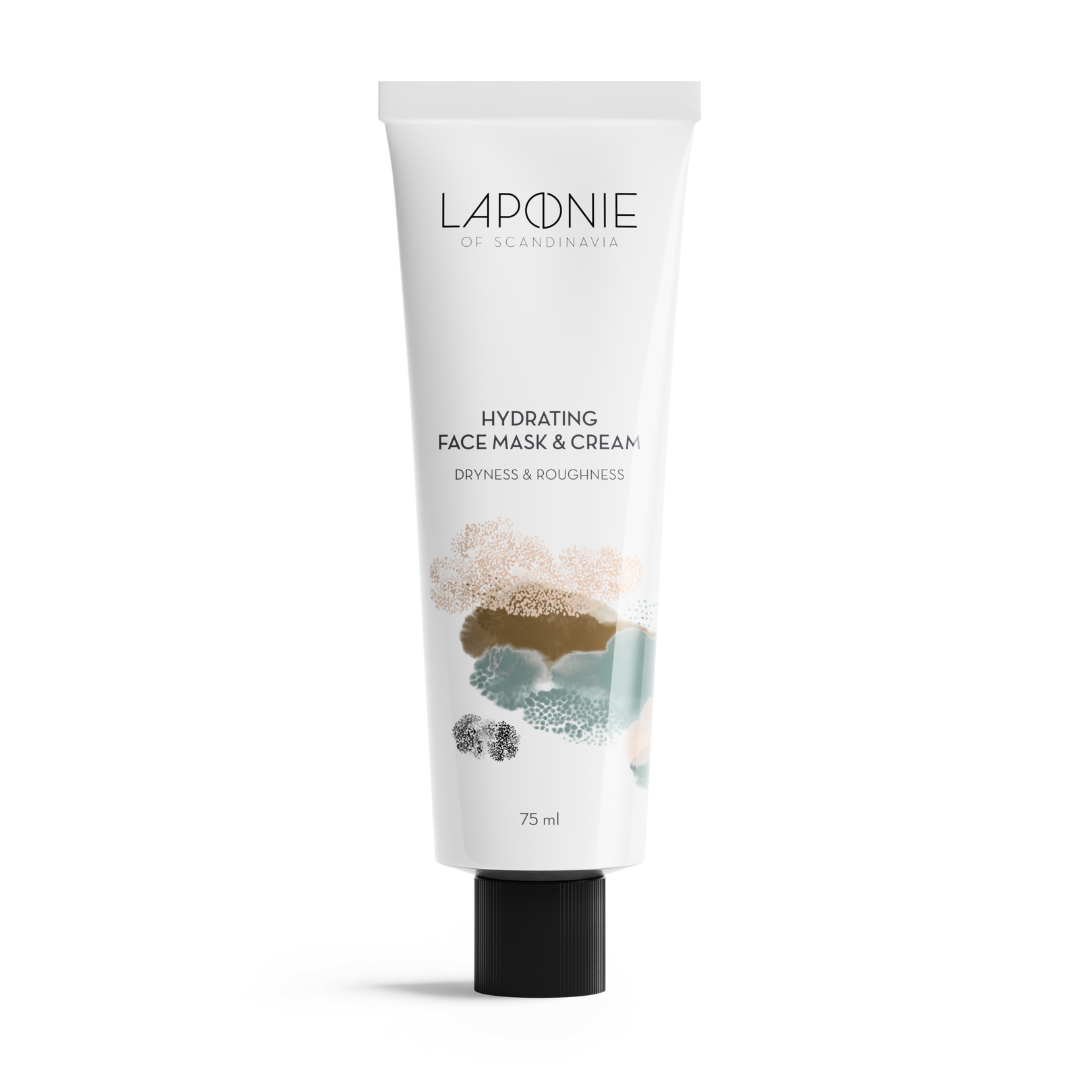

No added fragrance
No added fragrance or essential oils, floral waters, alcohol or fatty alcohols.
Formulated for sensitive & problem skin in our own lab
Our owners, CEO Kristina and cosmetic chemist Jaana, formulate all our products in our Helsinki lab, and test them on themselves - both have a long history of sensitive and problem skin.
Gentle & skin friendly preservatives
We've created a unique preservative system for the Mask, to minimise overlap with our other products, using gentle preservatives, primarily organic acids and their salt forms. Check out our ingredient section above to learn more.
Allergy-labelled
All our products carry the Finnish Allergy, Skin and Asthma Federation's independent Allergy-label.
Balanced pH for healthy skin
The Mask has a pH around 5.5 (healthy skin's own pH is slightly acidic, between 4.8 and 5.5) and will not upset or irritate skin.
A minimum of ingredient
The Mask contains only ten ingredients. Formulated with sunflower seed oil to strengthen the skin barrier, plant-based glycerin for deep hydration, rhamnose sugar to rejuvenate and treat irritated and inflamed skin and glycine soya extract to slown down skin’s water-loss (while also functioning as an emulsifier). Check out our ingredient section above to learn more.



